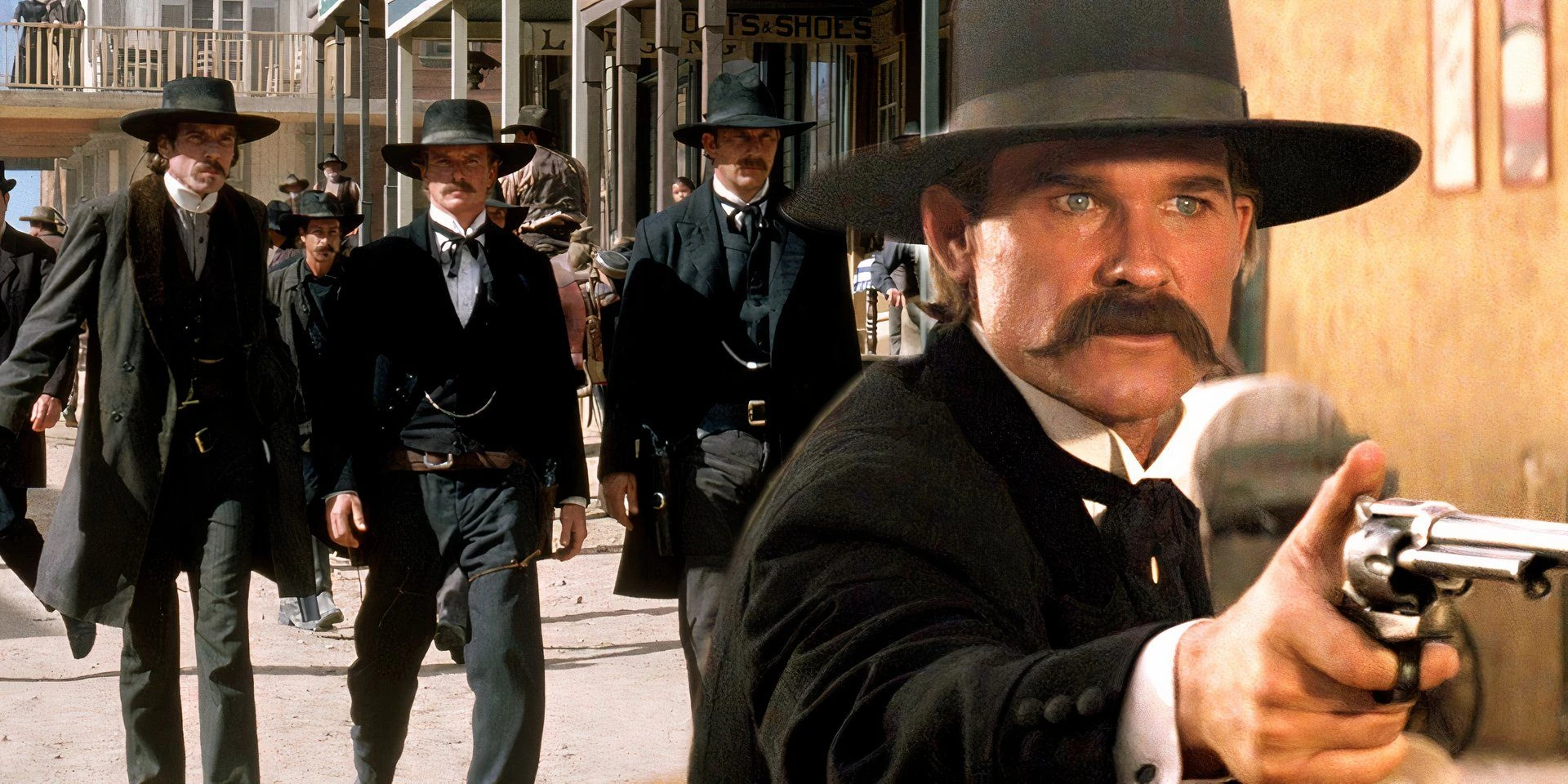Understanding the Extensive Use of VFX in Rebel Ridge
The film “Rebel Ridge,” directed by Jeremy Saulnier and starring Aaron Pierre as Terry Richmond, utilizes over 500 visual effects (VFX) shots. VFX Supervisor Chris Connolly recently shared insights into why these effects were necessary and how they enhance the film. The Netflix thriller received positive reviews upon its release, largely due to its gripping and realistic action sequences.
The Role of VFX in Rebel Ridge
In an interview with Art of VFX, Connolly disclosed that “Rebel Ridge” features 502 VFX shots. While some VFX are evident, like Terry’s bike crash at the film’s beginning and the gunshots throughout, many are subtle and almost invisible. Connolly explained that VFX were crucial in fight scenes to adjust actors’ movements and the timing of various elements, adding intensity to the scenes:
“For the fight scenes, we tweaked actors’ position and movement to add intensity and realism. Sometimes it was a subtle speed-up; other times we would delay a character’s movement so they would land just right. We merged actors’ actions from separate takes, enhanced elbow hits, and intensified impacts. We also enhanced things like blood, muzzle flashes, bullet hits, tasers, and smoke.”
Furthermore, VFX contributed to the film’s visual storytelling by incorporating minor but significant details like trains, jets, trees, and sky replacements. These additions augmented the film’s authenticity and ambiance.
Highlighted VFX Sequences
Connolly specifically mentioned the scene where Officer Lann (Emory Cohen) and the Shelby Springs P.D. ambush Terry on a deserted road as a standout example of VFX work. He expressed pride in how VFX were used to manipulate the timing of background actions, ensuring seamless integration with the main action:
“There are quite a few in the scene where Lann pulls over Terry and tries to ambush him in the truck. With the actors falling and fighting on the road, there was a stunt pad on the pavement that we needed to remove. We also added the taser firing, the prongs hitting Lann’s neck, and taser wires hanging on the truck door.”
This meticulous attention to detail allowed the background deputies to approach the action at just the right moment, enhancing the scene’s tension without distracting the audience.
The Broader Impact of Invisible VFX
More Movies Use VFX Than You Realize
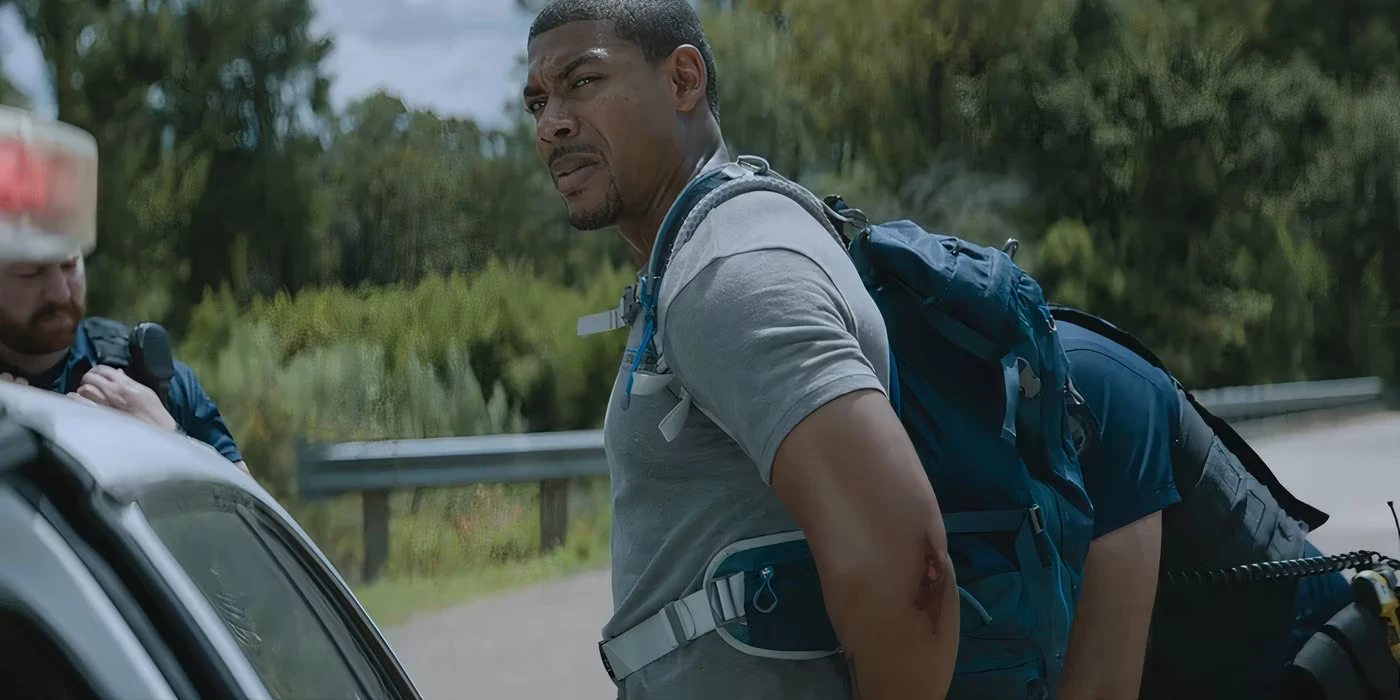
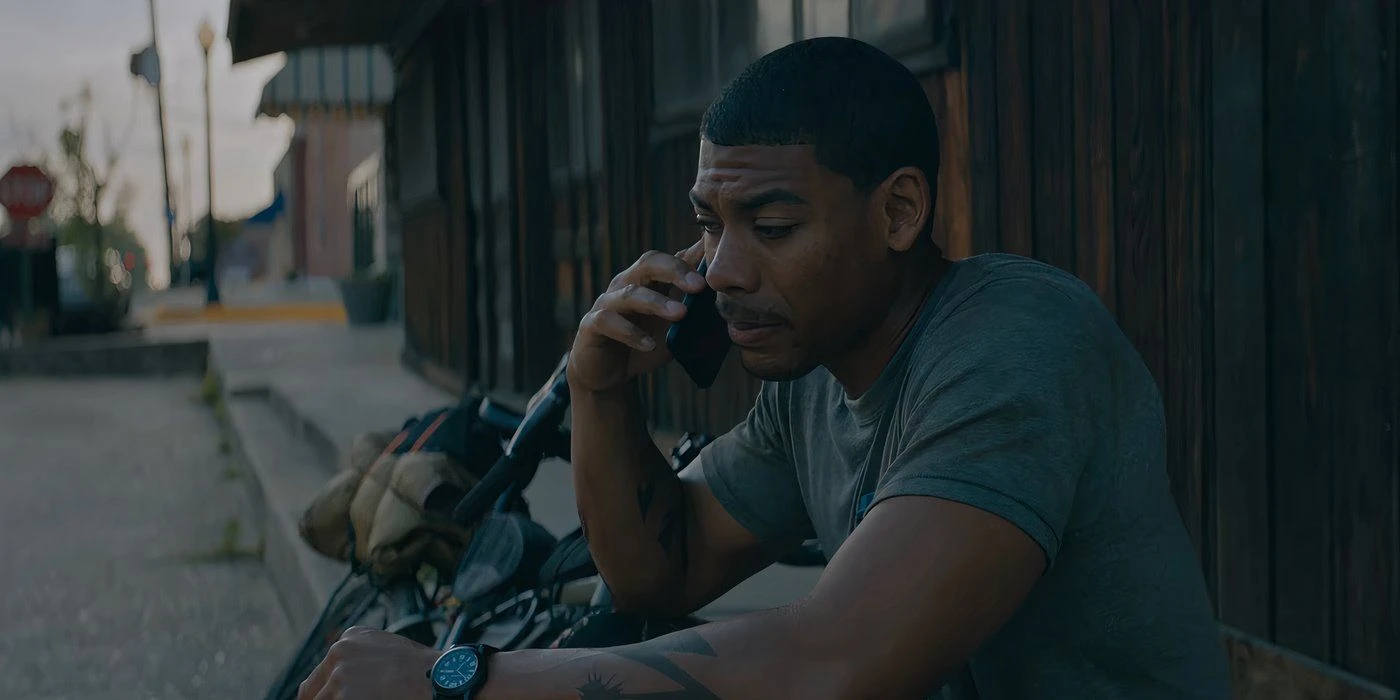
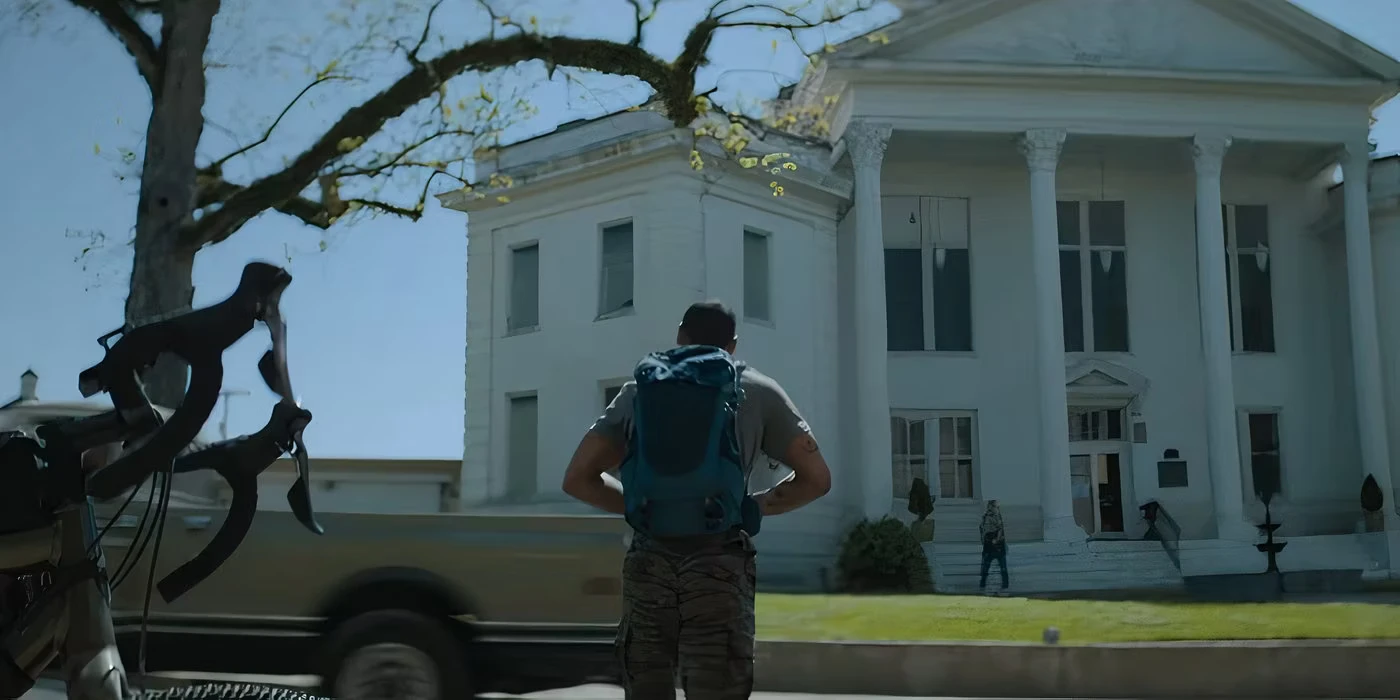
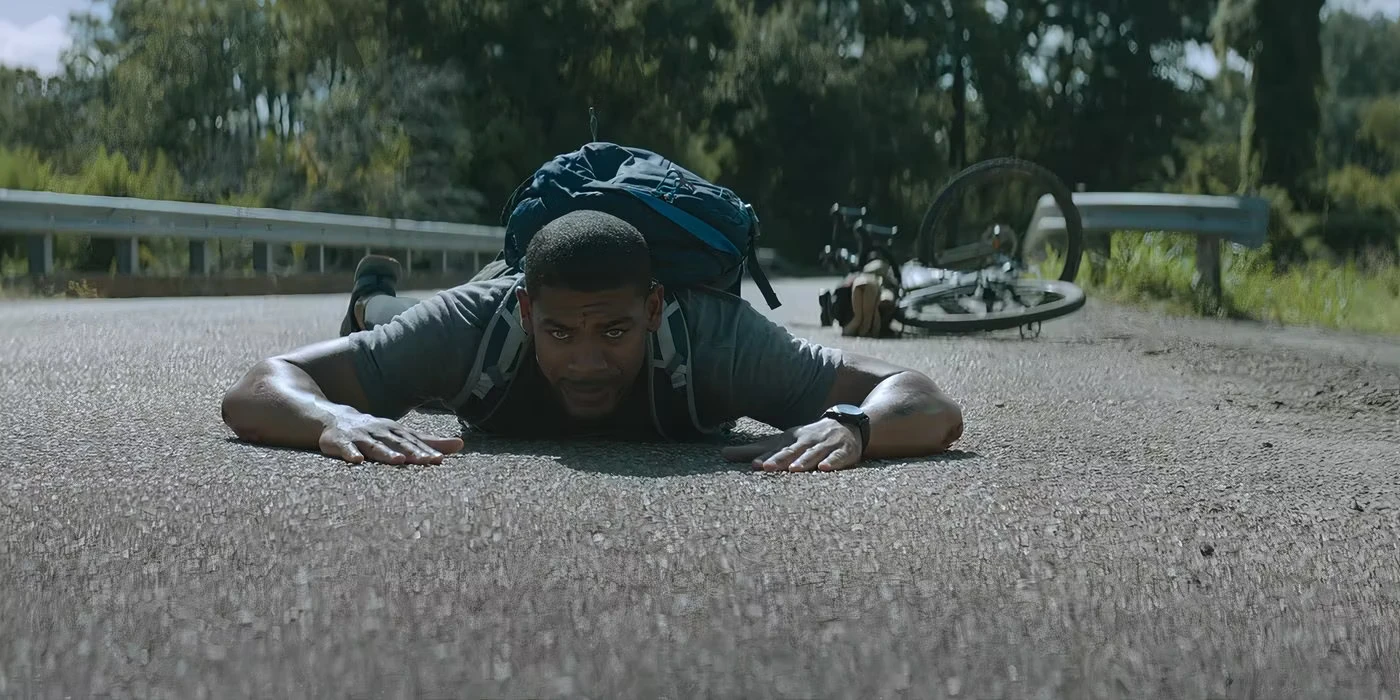
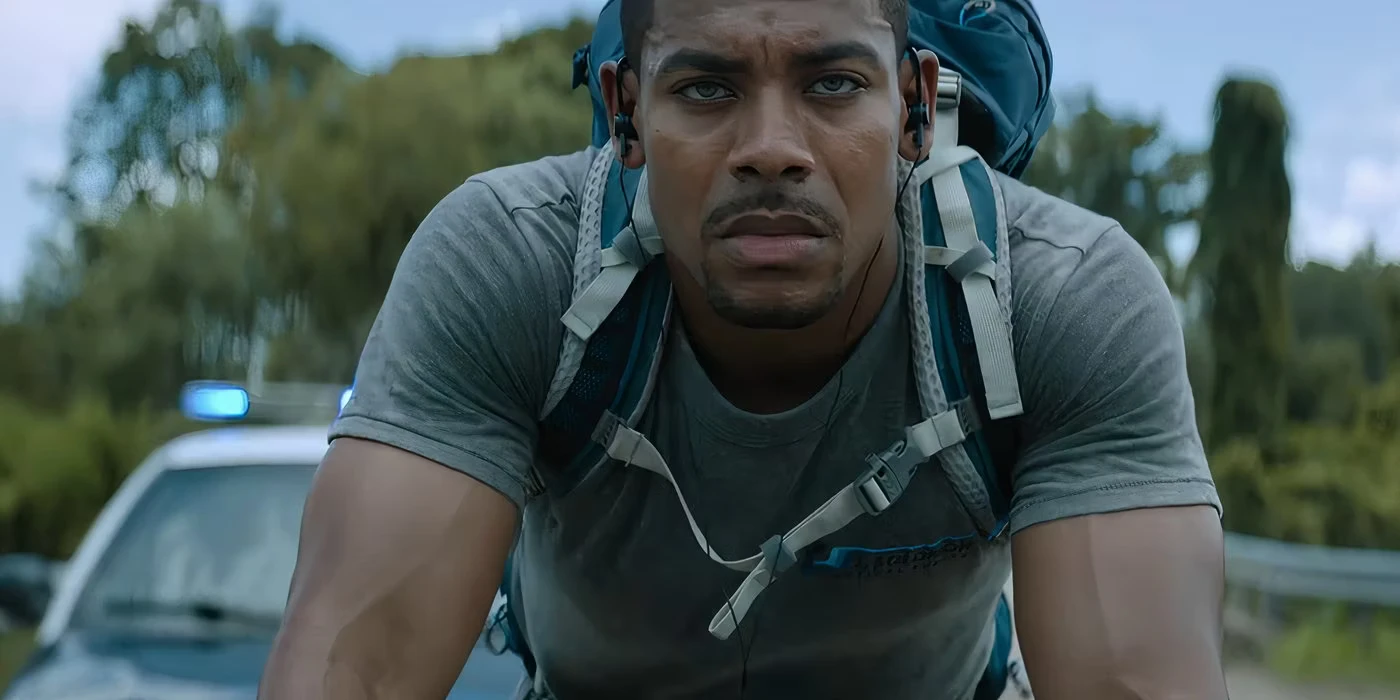
“Rebel Ridge” is acclaimed for its grounded storytelling and realistic portrayal. Connolly’s revelations highlight the vital role of VFX in achieving this realism, even in films that appear straightforward. Traditionally associated with large-scale blockbusters and fantasy films, VFX has become an essential tool in diverse genres and film sizes, subtly influencing the narrative and visual style.
As of this writing, “Rebel Ridge” holds an impressive 96% rating on Rotten Tomatoes.

6 Reasons Rebel Ridge's Reviews Are So Great
Connolly’s comments about VFX’s role in re-timing elements and altering actor positions offer a fresh perspective. A comparable approach was seen in Prime Video’s 2024 “Road House” remake, which used VFX to simulate realistic punches in fight scenes. Though “Road House” faced criticism for some less convincing effects, “Rebel Ridge’s” VFX have been largely met with acclaim.
Our Take On Rebel Ridge’s Invisible VFX
The Netflix Thriller’s VFX Are Worth Celebrating
“Rebel Ridge’s” VFX are executed with precision, generally blending seamlessly into the film. Some scenes reveal noticeable VFX, but often this is anticipated by audiences aware of filmmaking realities, such as the bike crash or gun muzzle flashes. These moments, along with the climactic fight scene, are enhanced by VFX.
While practical effects are often celebrated and marketed, “Rebel Ridge” exemplifies the power of “invisible” VFX. Adjusting an actor’s elbow or digitally removing a ground pad may lack the spectacle of practical effects, yet they are equally crucial and deserving of recognition.
Source: Art of VFX, Jeremy Saulnier
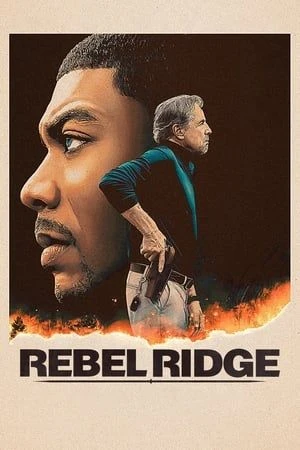
Rebel Ridge
- Action
- Crime
- Drama
Former Marine Terry Richmond travels to Shelby Springs to post bail for his cousin, only to find his savings unjustly seized by a corrupt local police force. With the help of court clerk Summer McBride, Terry uncovers a deep-seated conspiracy and vows to bring justice to the town.


